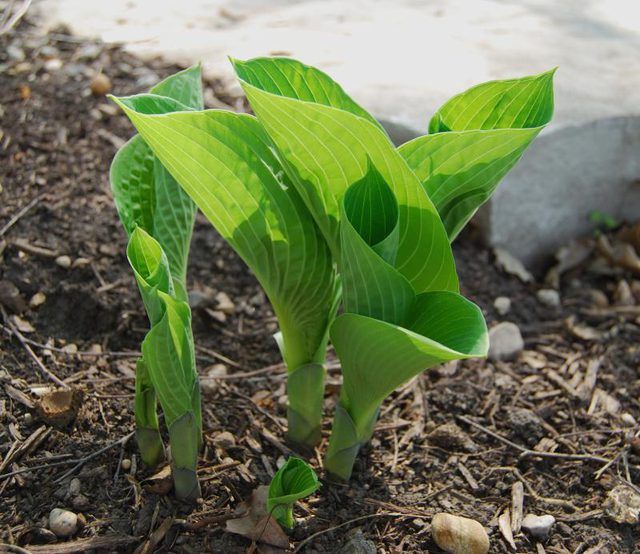Bulbs
Flower Basics
Flower Beds & Specialty Gardens
Flower Garden
Garden Furniture
Garden Gnomes
Garden Seeds
Garden Sheds
Garden Statues
Garden Tools & Supplies
Gardening Basics
Green & Organic
Groundcovers & Vines
Growing Annuals
Growing Basil
Growing Beans
Growing Berries
Growing Blueberries
Growing Cactus
Growing Corn
Growing Cotton
Growing Edibles
Growing Flowers
Growing Garlic
Growing Grapes
Growing Grass
Growing Herbs
Growing Jasmine
Growing Mint
Growing Mushrooms
Orchids
Growing Peanuts
Growing Perennials
Growing Plants
Growing Rosemary
Growing Roses
Growing Strawberries
Growing Sunflowers
Growing Thyme
Growing Tomatoes
Growing Tulips
Growing Vegetables
Herb Basics
Herb Garden
Indoor Growing
Landscaping Basics
Landscaping Patios
Landscaping Plants
Landscaping Shrubs
Landscaping Trees
Landscaping Walks & Pathways
Lawn Basics
Lawn Maintenance
Lawn Mowers
Lawn Ornaments
Lawn Planting
Lawn Tools
Outdoor Growing
Overall Landscape Planning
Pests, Weeds & Problems
Plant Basics
Rock Garden
Rose Garden
Shrubs
Soil
Specialty Gardens
Trees
Vegetable Garden
Yard Maintenance
Sun Vs. Shade Leaves
Sun Vs. Shade Leaves. Look closely at a single plant in your garden, and note the differences between its leaves. These variations in color, size and other traits don't occur randomly. Your plant's survival depends on its ability to make the most of the sunlight it receives. Through a process known as photosynthesis, the plant converts light into...

Look closely at a single plant in your garden, and note the differences between its leaves. These variations in color, size and other traits don't occur randomly. Your plant's survival depends on its ability to make the most of the sunlight it receives. Through a process known as photosynthesis, the plant converts light into the energy it needs to live. To capture that precious resource, plant leaves adapt and specialize in sun or shade.
Placement and Color
Leaves exposed at a plant's top and outer edges adapt to process plentiful sun at high rates. Called sun leaves, they require less chlorophyll, the substance that absorbs light for photosynthesis and gives plants their green color. The cells where photosynthesis takes place, called chloroplasts, are smaller as well. As a result, sun leaves are lighter green than leaves at the plant's bottom or interior. Shaded by sun leaves, inner leaves adapt to become more efficient at capturing small amounts of sun. In these shade leaves, chloroplasts are larger and contain more of the chlorophyll needed to absorb light. Because of this, shade leaves appear darker green.
Size and Stomata
Sun leaves deal with more heat and drying wind in their exposed locations, but rapid photosynthesis and small chloroplasts allow for a smaller leaf. The smaller surface area protects against drying too. Shade leaves expand in size to collect as much light as possible. Their sheltered locations guard against water loss. Sun and shade leaves also differ in their tiny pore-like openings, usually concentrated on the protected undersides of the leaves. Known as stomata, these pores are smaller in sun leaves, but they compensate by being more dense. Shade-leaf stomata are larger and much fewer in number.
Thickness and Layers
Differences in surface area between sun and shade leaves also relate to their mass. Sun leaves are small in area, but they are thick. Shade leaves are large and thin. Plant leaves have several different layers, similar to human skin. The outer layer protects, while the inner layers handle photosynthesis and the exchange of gases. The first protected inner layer, just beneath the leaf surface, is where photosynthesis happens. The next layer supports the process. In sun leaves, the photosynthesis layer is thick and the cells are packed tight. In shade leaves -- larger in size and surface area -- the layer is thin and cells are less dense.
Adaptability and Acclimation
When leaves have adapted and become either sun or shade leaves, they work most efficiently at that light level. Sun leaves aren't prepared to capture low light any more than shade leaves are ready for full sun. Moved to a new location with higher or lower light, the leaves can't process light as they normally would. Fortunately, sun leaves can become shade leaves, and vice versa. This is why gradual change is so important when you move plants between the indoors and outdoors. Acclimate your plant a little at a time, and its sun and shade leaves can adjust.